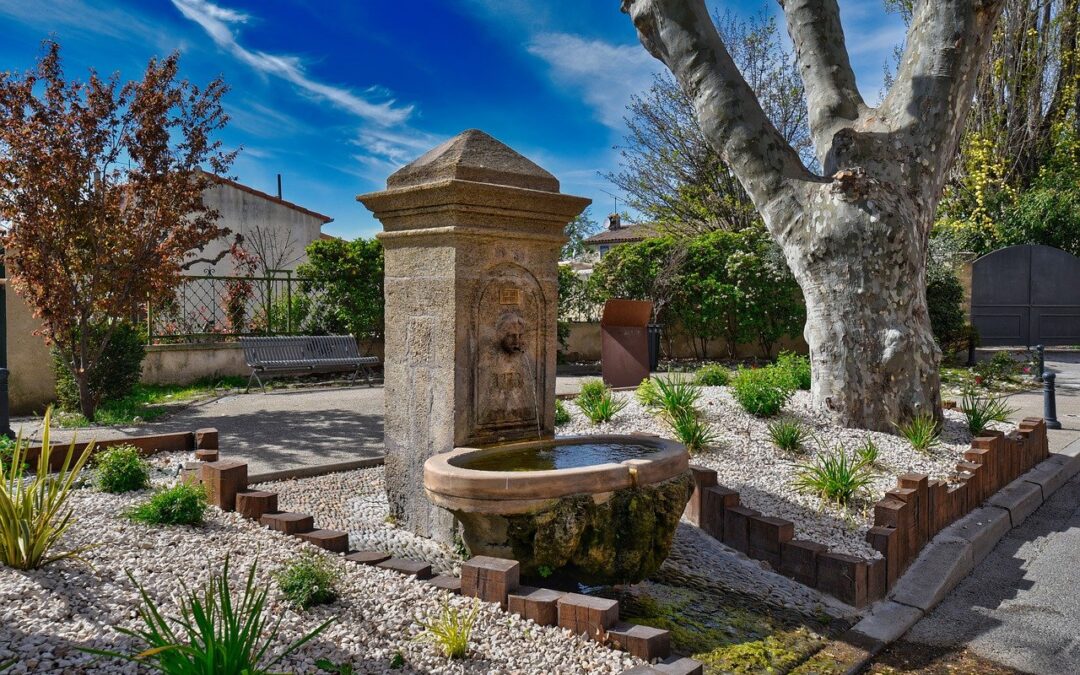Landscaping Materials for Public Gardens: Transforming Public Spaces
Imagine a vibrant public garden, a place where verdant lawns meet blooming flowers, and where the air is alive with the sounds of birds and the laughter of children. Creating such an oasis requires the careful selection of landscaping materials that meet the unique demands of public spaces.
H2: Durability and Longevity
Public gardens experience heavy foot traffic and frequent use, making durability paramount. Concrete sidewalks, walkways, and patios withstand wear and tear, ensuring a stable and long-lasting foundation for visitors to enjoy.
H2: Aesthetic Appeal
Aesthetics play a crucial role in the appeal of public gardens. Pavers, cobblestones, and stamped concrete offer a wide range of colors, textures, and patterns, allowing for the creation of visually stunning landscapes that complement the surrounding environment.
H2: Functionality and Accessibility
Functionality is key to creating an inclusive and welcoming space. Ramps, benches, and seating walls ensure accessibility for visitors of all abilities. Landscape lighting not only illuminates pathways but also enhances safety and extends the hours of enjoyment.
H2: Sustainability and Environmental Considerations
Sustainable landscaping practices are essential. Drought-tolerant plants conserve water, while permeable paving systems reduce runoff and protect local waterways. Recycled materials, such as reclaimed wood and plastic lumber, contribute to a greener environment.
H2: Low Maintenance and Cost-Effectiveness
Public gardens require regular maintenance, so materials that minimize upkeep costs are important. Mulch and groundcovers suppress weeds and retain moisture, reducing the need for irrigation and herbicides. Concrete and pavers require minimal maintenance, offering long-term savings.
H2: Hardscaping and Softscaping
A harmonious blend of hardscaping (non-living elements) and softscaping (plants) creates a balanced and inviting garden. Hardscaping elements, such as retaining walls, steps, and benches, provide structure and function, while softscaping adds visual interest, fragrance, and habitat for wildlife.
H2: Choosing the Right Materials
Selecting the appropriate landscaping materials depends on specific garden requirements, budget, and aesthetic preferences. A professional landscaper can guide you in choosing materials that meet both functional and aesthetic needs.
Expansive Summary
Creating a vibrant and welcoming public garden requires careful consideration of landscaping materials. Durability, aesthetic appeal, functionality, sustainability, and cost-effectiveness are crucial factors. By incorporating a blend of hardscaping and softscaping elements, public gardens can become spaces of beauty, recreation, and environmental harmony. Selecting the right materials ensures these gardens stand the test of time and continue to enhance the lives of visitors for years to come.

